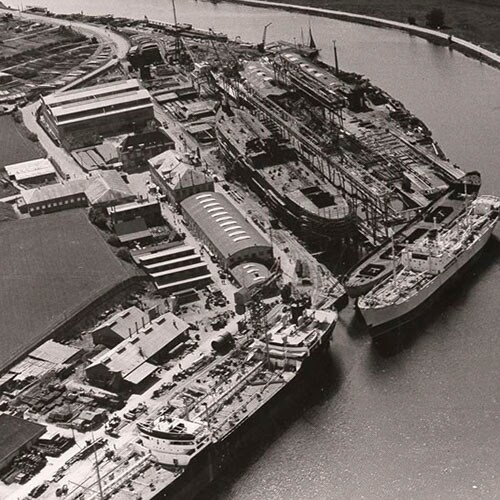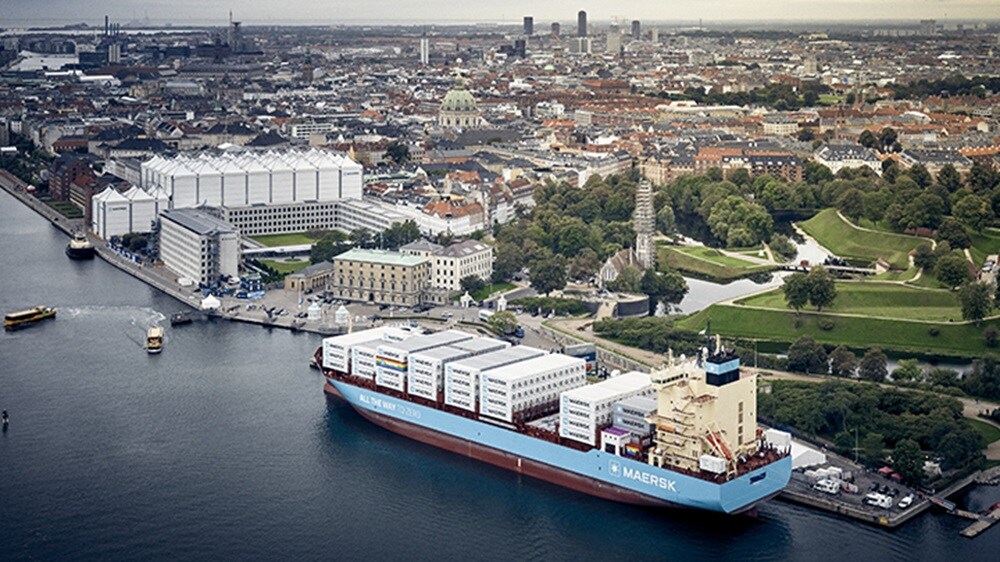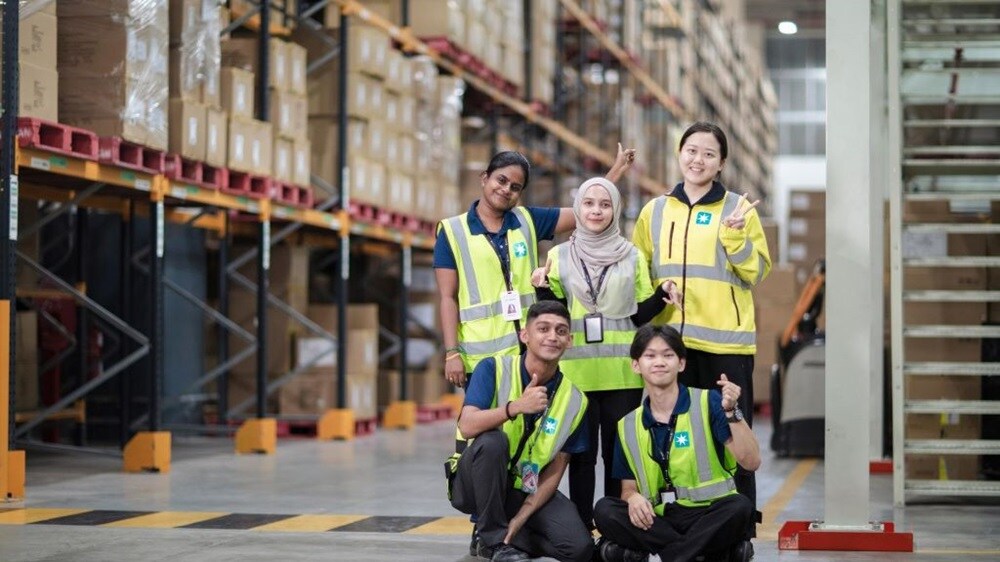
The history and heritage of A.P. Moller - Maersk
Connecting the world for more than a century.
Foundation — 1904-1912
A.P. Moller - Maersk was established on 16 April 1904, in the midst of the second industrial revolution, in a little town called Svendborg on the Danish island of Funen.
A.P. Møller, the driver of the Steamship Company Svendborg, had started out in tramp shipping, where vessels operate on the spot market without fixed schedules or port calls. Keen to expand the fleet beyond its modest three vessels, A.P. Møller was met with resistance from some of the company’s board members, so he struck out on his own.
Founding the Steamship Company of 1912, he secured himself operational independence and paved the way for the rapid expansion of the company over the coming years.

Consolidation — 1913-1940
The golden circumstances of trade and shipping which emerged during the First World War helped to establish A.P. Moller - Maersk as a leading shipping company in Denmark. Although A.P. Møller himself felt uneasy about the unnatural profits and speculation – a sentiment he expressed in a letter he wrote to his father at the time – Maersk’s shipping activities benefited greatly.
In these lucrative conditions, the business quickly expanded to include brokerage (1913), shipbuilding (1918), liner shipping and tanker trade (1928), and a sugar plantation (1930), as well as investments in a range of other industrial activities.


It is an old idea of mine, one day to set up a yard, build ships using our companies’ shipping experience … I think I can manage to get it going myself and, being realistic, I do not think it would be such a misfortune if most of what has been earned during the war was lost on such a venture, as long as some good comes of it.
The Second World War — 1940-1945
When German forces occupied Denmark on 9 April 1940, the Maersk fleet was made up of 46 ships, 36 of which were outside of Danish waters and ultimately requisitioned by allied forces. Those that remained in Danish waters were primarily used to carry German coal and coke to Denmark. A total of 25 Maersk ships were wrecked during the war, and 150 seafarers lost their lives.
At the end of the war, the fleet was reduced to just 21 ships, only seven of which were under Danish control. But due to fast rebuilding and the acquisition of larger vessels, the Maersk fleet was back to pre-war tonnage levels within just three years.

Expansion — 1945-1975
Today, Maersk connects every part of the world. But in 1928 there was just one Maersk Line route covering three countries: the USA, Japan, and The Philippines. New routes into South East Asia followed, first to China, then Thailand, Hong Kong, Sri Lanka, India and the Persian Gulf.
From the 1950s to the 1970s, A.P. Møller was primarily transporting crude oil in Maersk Tankers, covering the smaller markets of world trade. Maersk Line was still a relatively small player on the global stage, but all of this was about to change, with the introduction of the standardised container.

What we want to achieve is that people know us, like us, will explore their problems with us and will come to us, when anything transportation-wise arises.
Containerisation — 1975-1986
Although the first container vessel steamed out of Newark Harbour in 1956, large-scale containerisation on a global scale came much later. The containerisation of the Maersk fleet began with the Panama Line, and the first fully containerised service was launched on 5 September 1975, when ADRIAN MAERSK departed Port Elizabeth on the US East Coast loaded with 385 containers.
At the time, nobody could have predicted the scale to which the shipping industry would be revolutionised by containerisation. Container shipping was soon seeing an annual growth rate of around 20%, and by 1985, most conventional lines had either already been containerised or were about to be.

Becoming Global — 1986-2016
Ever since the maiden voyage of the first containerised ship in 1956, shipping and logistics has been one of the main facilitators of the globalisation of trade. After the fall of the Berlin Wall in 1989, new opportunities arose in new markets, and Maersk expanded its reach from 40 countries in 1990 to more than 100 countries just ten years later.
Thanks to the container and the barcode – the hidden enablers of world trade – a manufacturer in any part of the world can sell its goods in all markets.

Integration — 2016- Present
By 2015, A.P. Moller - Maersk was a wide-ranging conglomerate with activities in shipping, terminals, logistics, oil and gas, and other offshore activities spanning more than 130 countries. But this was starting to hold the company back from continued, sustainable growth. Following a strategic review in 2016, it was announced that A.P. Moller - Maersk would reorganise into two separate divisions: Transport & Logistics and Energy, with the purpose of becoming a focused integrated transport & logistics company.
Becoming the Global Integrator of Container Logistics required a huge digital transformation, moving away from a previously very analogue business, and setting ambitious decarbonisation targets.
Now, the Global Integrator strategy continues to focus on building three world-class divisions – Logistics & Services, Ocean, and Terminals – all with strong synergies between them. This allows us to deliver end-to-end supply chain solutions for our customers all over the world.



